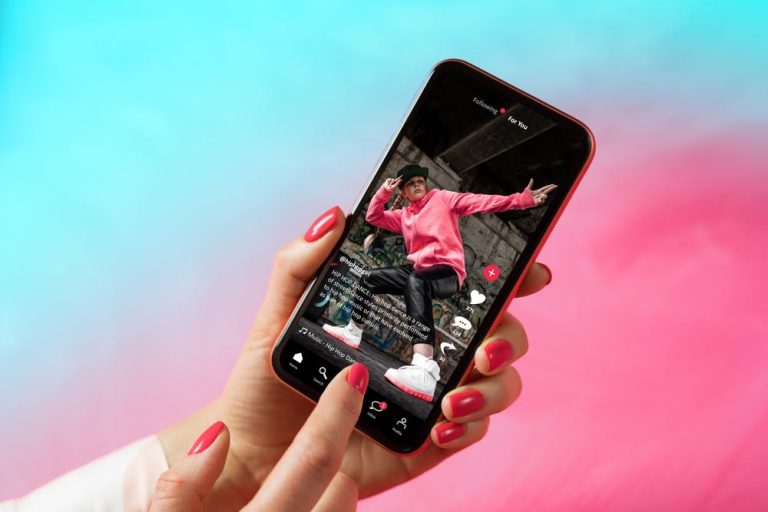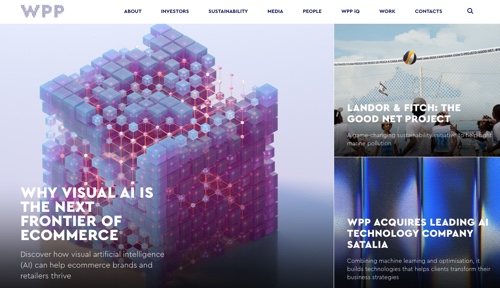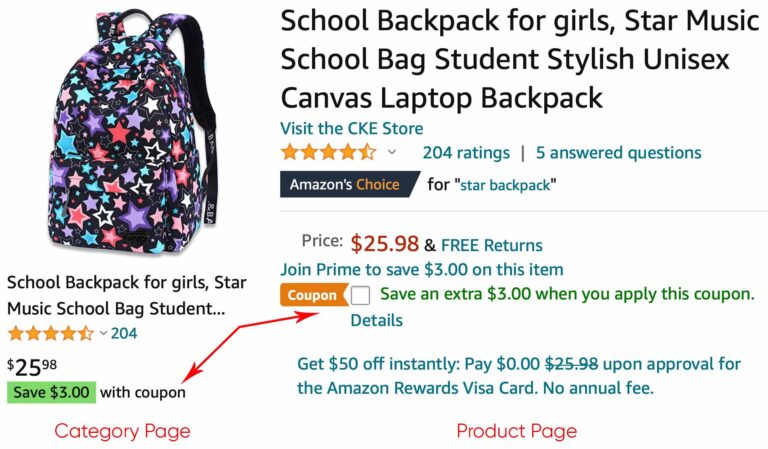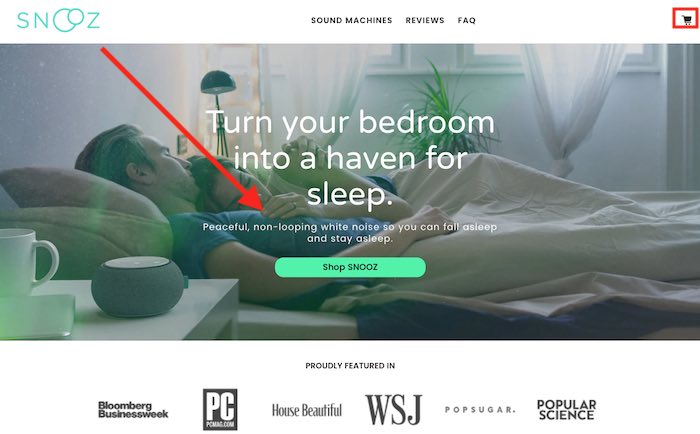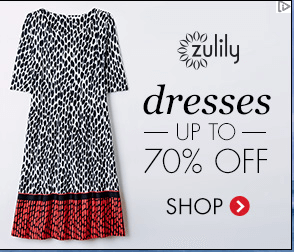
[Tweet “If you are not engaged in #personalization strategies, then it is definitely time to begin. #cro”] You can use this geo-tracking in other unique ways too. If your visitor is from Chicago, include a message that you ship free to the Chicago area – personalization and an incentive to buy. This is market segmentation at its finest.
Suppose, for example, you are a shoe retailer. A visitor has come using the search term Nike shoes. You message to that customer when s/he lands is something like, “Here is the best selection of Nike shoes found anywhere” with a CTA button that takes them right to your selection. They don’t have to search at all.
Time to Begin
Now that you are personalizing offers based upon visitor behaviors, you want to make certain that those offers are seen. If you have not used sliding-in popups yet, you have certainly experienced them – hard to miss.
We’ve all experienced re-targeting too. When we visit a site, look at products and then leave, those products show up in several places, even on the rails of our Facebook home page. We see the products we were looking at with a CTA to come back and take a look again, now that they are on a special sale just for us.
1. On-Site Personalization
If you are not engaged in personalization strategies, then it is definitely time to begin. Your competitors are engaged in it, for certain. And more e-commerce businesses are getting on board daily. A Deloitte study, in fact, revealed that 50% of content marketing officers for e-commerce sites have either implemented personalization or will be doing so soon. You need to be part of that percentage, and here are 5 ways to do this.

We’ve all experienced it. We access an e-commerce site and look at some items. We leave without making a purchase. For the next few weeks, every time we access our web home page or our Facebook account, there are the items we looked at, with a CTA urging us to go back and look again, or offering a discount on the purchase price.
Here are possible messages, based upon your visitor’s behavior or where s/he came from:
That’s a lot of money left on the table. You can get some of that money with personalized reminders that a cart is still waiting for your shopper. Amazon does a great job of this:
2. Use Targeted Messaging
You already have that email list and hopefully it is growing. There are times when you want to send the same email to your entire list, but if that is all you do, then you are missing a great opportunity to personalize your connection with your subscribers.
Use Geo-Targeting in your message to a visitor. One you know where they reside you can have your message automatically state their town/city. Neil Patel on his blog Quick Sprout does this consistently:
If you don’t measure the effectiveness of your personalization strategies, you are just playing a guessing game. Try a couple of variations of what you are doing, and see which one performs better. You will find that some website personalization services and platforms include A/B testing. If not, find a service that will do it for you. Remember, it will take several weeks of testing before you can evaluate your variations.
You may not understand the technology, but that doesn’t mean you can’t use it. Consider this: the majority of your site visitors are anonymous – you don’t have any information about them at all. You don’t have an email address. Your only option, you think, is re-targeting ads. And yes, that is certainly an effective method. But you can actually personalize their experiences while they are actually on your site before they bounce.
And if the visitor follows through on the message/offer, a micro-conversion has occurred and a URL is obtained, even if the visitor bounces before taking action that might lead to a contract for Patel.
Use dynamic keyword insertion too. You leave a blank spot on a landing page and it is automatically filled with a special offer when a visitor lands, based upon the search term s/he used to get there.
If you are not engaging in these tactics with your customers and visitors, then you are missing out on a lot of sales. The point is this: 97% of visitors to online stores leave without buying; most of them have not visited your site before, and most of them will not come back again. You don’t have another chance to engage with them. But if you implement the tactics of personalization, you can give each shopper the experience of having someone who can continue a relationship with them through messaging and special offers that are relevant to them.
And, anytime a visitor returns to Amazon, s/he is shown what was looked at last, even if it was put in a shopping cart.
3. Draw Attention to Special Offers
You can track how a visitor got to your search – a Google search for a specific item, a link from a social media page or blog post. This information is valuable, because, you now know why they have come. You can make offers and suggestions based upon that.
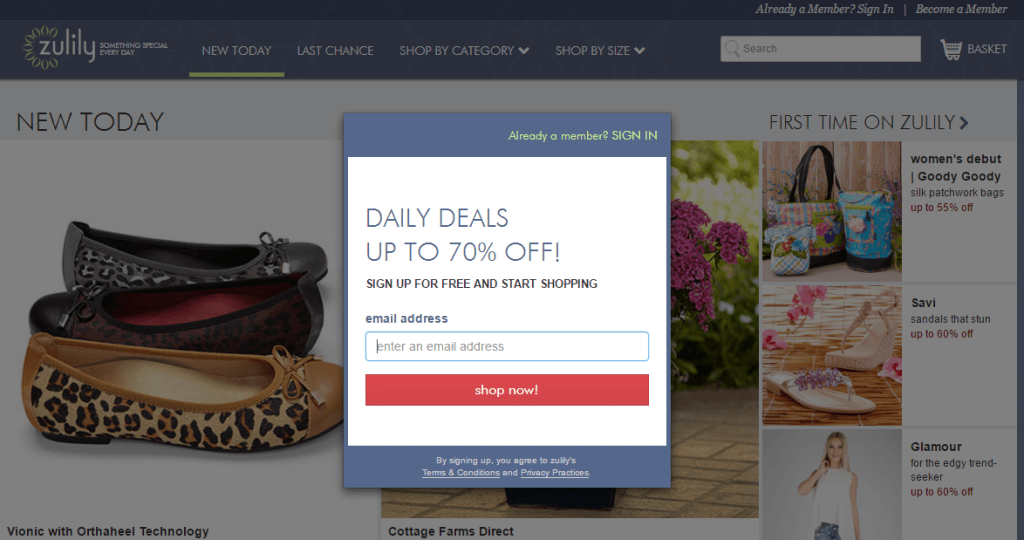
[Tweet “Segmenting your email list is an excellent way to provide personalized messages. #emailmarketing”]
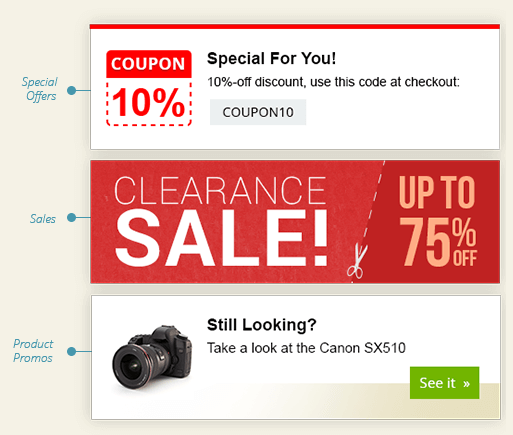
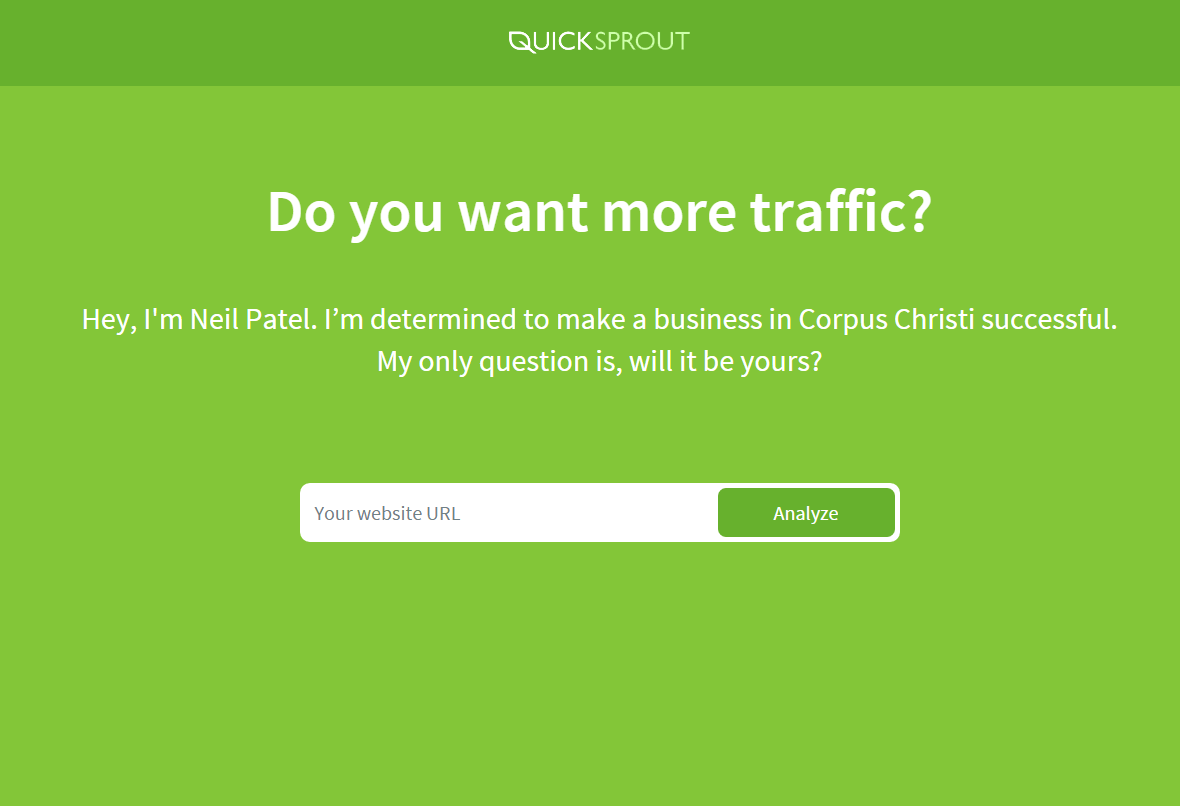
Of course the email should begin with a salutation using their first names too. Loyal customers should receive their own emails based on their shopping history.
And, when that email address is captured, here is an example of what will show up on the rail of the individual’s email page:
4. Email Personalization
Of course these are based on the products or services your visitor is currently browsing. They can slid in from the side; they can popup up as a visitor’s cursor indicates s/he is leaving; they can pop up while the page is darkened in the background. There is a balance that must be struck here, so that popups do not seem irritating and intrusive.
Using new tools to gain insights into visitor navigation, search terms and/or links used to get to you, and tracking the order history of return customers will provide the use with a personalized experience and you with much more information than cookies or analytics can provide.
You can track the behavior of your visitors while they are on your site, using personalization tools that are now available. As they navigate from page to page, if they pause to look at some of your products, have a popup coupon for a discount for a first-time visitor; if it is a return visitor, your tools will detect this, and you can offer coupons based on what they have purchased in the past.
A good email marketing service will be able to provide all of this as an automated service. Your job is to make your categorized lists, write your emails and schedule their distribution. Make sure you do some effective research and find one that has all of the features you want.
Modal is the term for blackening out the page with your popup front and center. Here, Zulily offers its daily deals in exchange for an email address. These can easily be used based upon the current page a visitor has navigated to. If, for example, Zulily wanted to personalize the “deal,” the message would be about shoes only.
5. Personalize Your Retargeting
Segmenting your email list is an excellent way to provide personalized messages based upon where your subscribers are in your sales funnel. Visitors who have provided an email address but who have not purchased anything yet should receive customized emails with special offers, and even more segmented based upon the specific products or services they looked at while on your site.
Personalization does improve conversion rates. Yes, it takes work, but so much of it can be automated that once you have your strategies in place, it will only be a matter of testing and evaluating and staying on top of new technologies to improve your tactics.
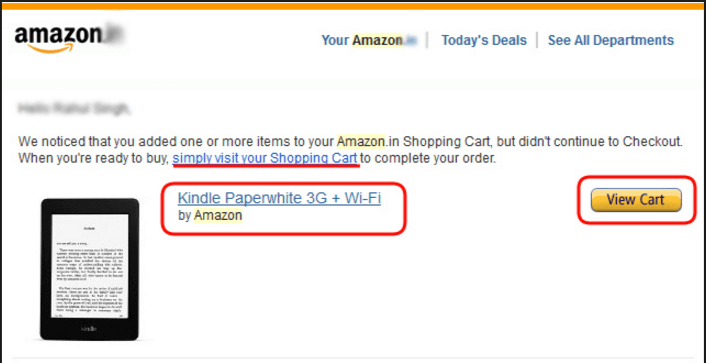
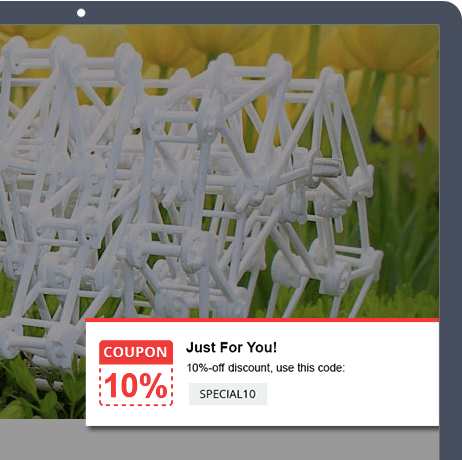
Abandoned cart re-targeting is another effective tool for personalization. When a visitor has filled a shopping cart and then abandoned it, you should contact that visitor again. Studies show that a shocking 68% of shoppers abandon their carts.
One Final Tip: Always Test
When you use personalization with special offers, navigation ease, and such, you also have to be certain that you have the right messaging and to engage your readers. You want to make real-time offers right on the spot as visitors are browsing.
We’ve also gotten as far as placing items in a shopping cart and then leaving without making the purchase. Then we have an email, with a CTA to return and complete our purchases.


